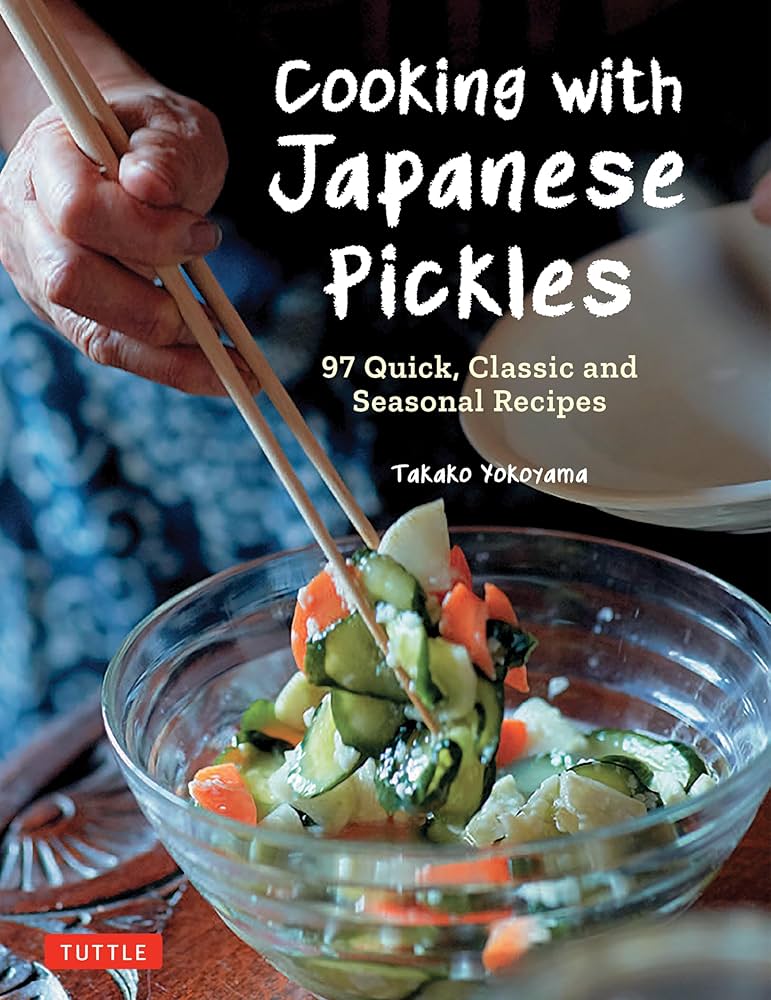Summer in a Jar: Storing and Preserving Your Harvest
As the harvest season approaches, many of us are left with an abundance of fresh produce. While it’s exciting to have a bounty of fruits and veggies, it can be overwhelming to figure out how to preserve them for the long haul. Fear not, dear reader! In this article, we’ll explore the top methods for storing and preserving your harvest, so you can enjoy your hard-earned fruits and veggies all year round.
The Importance of Proper Storage
Before we dive into the various preservation methods, it’s essential to understand the importance of proper storage. When storing produce for the long haul, it’s crucial that your fruits and veggies are relatively undamaged. Little dings and nicks that can be cut off are no problem, but if your produce is already degrading, it’s not fit for storage. You should either use it right away or throw it in the compost.
Canning: A Timeless Tradition
Canning is a popular method for preserving fruits and veggies, and for good reason. It’s a great way to enjoy your harvest year-round, and it’s relatively easy to do. There are two types of canning: water bath and pressure. Both methods rely on high heat to kill contaminants and vacuum seal your canning jars. While water bath canning is best for high acidity foods like fruits, pickles, and jams and jellies, pressure canning is better reserved for low acidity foods like vegetables, meats, and pasta sauce.
Canning jars are built to withstand high heat and pressure, and you can reuse them year to year as long as they’re undamaged and you replace the lids.
Safety First!
As much as you may love your grandma’s canned corn, it’s important to use tested recipes and stick to them as written when canning. Botulism is a severe risk if you don’t can foods properly, especially low acidity foods.
Pickling: A Delicious Alternative
Pickling is another popular method for preserving fruits and veggies. The process of preserving foods with acid and salt is called pickling. Unlike canned produce, pickled items don’t have to be processed at extreme heat, if you’re storing them in the refrigerator and eating them within a few months. However, if you intend to keep your pickles in the cabinet for a while, you’ll need to process them in a water bath canner to prevent spoilage.
The high acid content in pickles is what kills food-borne pathogens. You should always thoroughly wash your produce and use vinegar with 4–6% acetic acid.
Freezing: A Simple Solution
Freezing is a great way to preserve fruits and veggies, and it’s relatively easy to do. You can freeze just about any fruit or vegetable to preserve it, and there aren’t the same safety concerns as canning or pickling. As always, it’s important to use good quality, undamaged produce for the best flavor and texture and to prevent spoilage. Blanching vegetables and packing fruits in sugar or syrup will also help them retain flavor and texture in the freezer.
Proper storage is as important as processing when freezing produce. It’s important to use freeze-safe items like glass jars, freezer bags, or heavyweight aluminum foil that will preserve moisture and prevent air from getting in.
Dehydrating: A Healthy Option
Dehydrating is a great way to preserve fruits and veggies, and it’s a healthy option too. If fruit leather, veggie chips, or jerky are your thing, dehydrating may be the food preservation method for you. Home food dehydrators prevent spoilage by removing 80–95% of the water from fruits, vegetables, meats, and more.
It’s possible to dry foods in the sun or in the oven, but these methods take longer, can be unreliable, and allow the growth of pathogens.
Curing: A Specialized Method
Curing is a specialized method for preserving fruits and veggies, and it’s only suitable for a handful of vegetables such as potatoes, onions, and some squash varieties. Curing usually involves placing your freshly harvested vegetables in a warm, humid location without direct sunlight for the skins to harden and dry before storage, preventing rot. Exact temperature and humidity requirements for curing and storage vary from vegetable to vegetable.
Curing is a specialized method that requires careful attention to temperature and humidity levels.
In conclusion, preserving your harvest is a great way to enjoy your fruits and veggies all year round. Whether you choose canning, pickling, freezing, dehydrating, or curing, there’s a method out there for you. Just remember to always follow safe food preservation practices to ensure your food is safe to eat.


 Photo by
Photo by 












